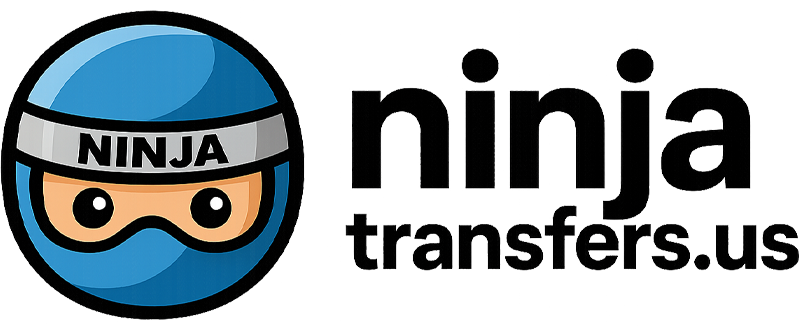Understanding Packaging and Printing Challenges and Pain Points
The High Cost of Traditional Printing Methods
Traditional printing methods have long been the backbone of the packaging and printing industry, but they come with significant costs that can strain business budgets. From the high price of inks and plates to the substantial energy consumption required for operation, these methods are not only expensive but also environmentally taxing. Additionally, the need for large minimum order quantities to justify the setup costs further exacerbates the financial burden on businesses, especially small and medium-sized enterprises (SMEs) looking to make their mark in competitive markets.
The financial implications of traditional printing extend beyond just the direct costs. The maintenance of heavy machinery, the training required for skilled operators, and the waste generated from setup errors contribute to the overall expense. These factors combined make it challenging for businesses to achieve a favorable return on investment, particularly when dealing with short runs or custom orders that demand flexibility and quick turnaround times.
Moreover, the environmental impact of traditional printing methods adds another layer of cost, both in terms of regulatory compliance and corporate social responsibility. Businesses are increasingly under pressure to adopt sustainable practices, but the high cost and complexity of eco-friendly alternatives in traditional printing often make this transition difficult. This creates a dilemma for companies striving to balance profitability with environmental stewardship, highlighting the need for innovative solutions like ninja transfers that offer both economic and ecological benefits.
Long Turnaround Times Affecting Business Operations
In today’s fast-paced market, the ability to quickly respond to customer demands and trends is crucial for success. However, traditional printing methods, with their lengthy setup and production times, often hinder businesses from capitalizing on timely opportunities. The process from design to delivery can take weeks, leaving companies struggling to meet tight deadlines and satisfy customer expectations for rapid service.
The delay is not just in the printing itself but also in the preparatory stages, such as plate creation and color matching, which are time-consuming and require precise adjustments. For businesses operating on lean inventories or those that rely on just-in-time production, these delays can disrupt supply chains, lead to stockouts, and ultimately result in lost sales and diminished customer loyalty.
Furthermore, the inflexibility of traditional printing methods means that last-minute changes or corrections are costly and time-intensive, adding to the frustration of businesses trying to stay agile in a dynamic market environment. This rigidity contrasts sharply with the needs of modern businesses, which require printing solutions that can adapt quickly to changes without sacrificing quality or efficiency.
Another critical aspect affected by long turnaround times is the ability to test and iterate on product designs. In industries where consumer preferences shift rapidly, the ability to quickly produce and evaluate prototypes is essential for staying relevant. Traditional printing methods, with their slow and cumbersome processes, limit this capability, putting businesses at a competitive disadvantage.
These challenges underscore the importance of adopting more agile and efficient printing technologies, such as those offered by ninja transfers, which can significantly reduce turnaround times and empower businesses to operate more dynamically in response to market demands.
Limited Customization Options Hindering Brand Differentiation
In a marketplace saturated with competitors, the ability to stand out through unique and customized packaging is more important than ever. However, traditional printing methods often impose limitations on customization, restricting businesses’ ability to fully express their brand identity and connect with their target audience. The high costs and technical constraints associated with custom colors, finishes, and designs mean that many companies are forced to settle for generic solutions that fail to capture their brand’s essence.
The limitations extend beyond aesthetics to functionality, with traditional printing offering little flexibility in terms of substrate compatibility and print durability. This can be particularly problematic for businesses in industries where packaging plays a critical role in product protection and shelf appeal, such as food and beverage, cosmetics, and electronics. Without the ability to customize packaging to meet specific needs, companies risk compromising both the customer experience and the integrity of their products.
Moreover, the lack of customization options can hinder marketing efforts, making it difficult for businesses to implement targeted campaigns or seasonal promotions that require distinctive packaging designs. This limitation not only affects immediate sales opportunities but also long-term brand recognition and loyalty, as consumers are less likely to remember or prefer brands that fail to make a visual impact.
These challenges highlight the need for printing solutions that offer greater flexibility and creativity, enabling businesses to fully leverage packaging as a tool for brand differentiation. ninja transfers addresses this need with its innovative DTF printing technology, which supports a wide range of customization options without the prohibitive costs and complexities of traditional methods.

